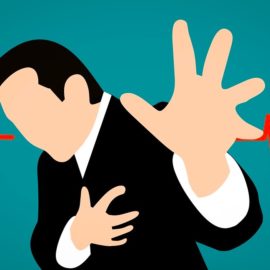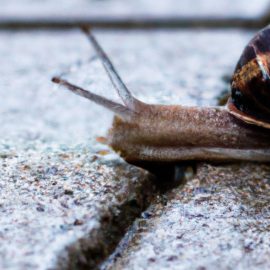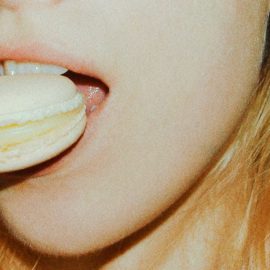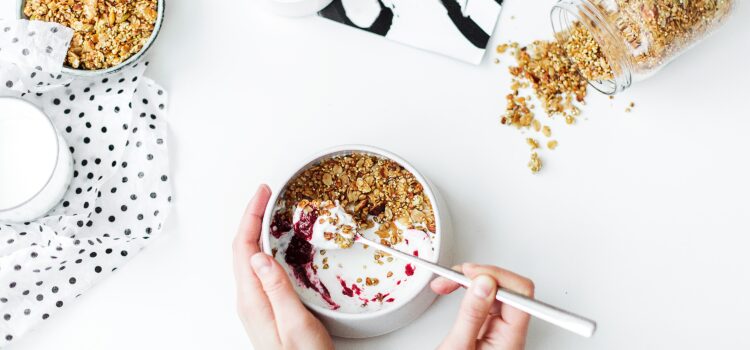
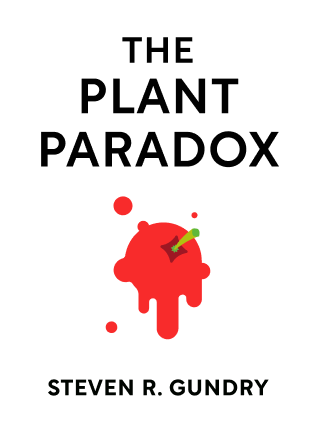
This article is an excerpt from the Shortform summary of "The Plant Paradox" by Steven R. Gundry. Shortform has the world's best summaries of books you should be reading.
Like this article? Sign up for a free trial here .
What are gut microbes? What makes good gut bacteria and what makes bad gut bacteria? How do you get healthy gut bacteria?
Healthy gut bacteria, or gut microbes, are important for healthy digestion. Good microbes protect you from toxins and keep you well.
Read more about healthy gut bacteria and gut microbes.
What Are Gut Microbes?
You have about five pounds’ worth of bacteria, protozoa, fungi, molds, viruses, and worms in your intestines, on your skin, and in the air around you. Collectively all these critters—called microbes—make up your holobiome.
Microbes live and feed on you, but your well-being is also dependent on them. Most of your microbes live in your gastrointestinal (GI) tract—your gut; these make up your microbiome. Healthy gut bacteria are needed for several critical jobs:
- Break down and digest food, extracting the energy and distributing it to you in the form of fats
- Act as a first response team for your immune system, detecting harmless or harmful proteins and bacteria
- Absorb materials through food
- Protect you from outside objects passing through your intestines
- Communicate with your brain and control certain body functions
To understand why the microbes’ functions are so important, you must understand how the GI tract is designed to work.
Healthy Gut Bacteria Keep the GI Tract Contained
Think of your GI tract as a tunnel under a river: When you drive through the tunnel, you’re not in the river, you’re just passing through it. Similarly, food that passes through your intestines is not in your body as much as it’s passing through it.
Recall from chapter 1 that the intestinal wall is formed of tightly locked cells designed to prevent big molecules from passing through to the rest of your body. You need healthy gut bacteria in your GI tract to break down food into tiny molecules of amino acids, fatty acids, and sugar, which should be the only things that pass through the intestinal wall.
However, lectins and LPSs can breach the intestinal wall, prompting the immune system to attack. Additionally, regular use of Nonsteroidal Anti-Inflammatory Drugs (NSAIDs, e.g. Advil, Motrin, ibuprofen, Aleve, and aspirin) damages the protective mucus layer that lines the intestinal walls, making you even more susceptible to foreign objects breaking through the barrier and entering your body.
Healthy gut bacteria help you survive and thrive when they’re in the intestine and doing their jobs, if microbes escape through your breached intestinal wall into your body, they become another invader for your immune system to attack, wreaking havoc on your health. Suddenly, good gut bacteria becomes bad.
Good Gut Bacteria and Bad Gut Bacteria
You and your microbes have a symbiotic relationship: You rely on them (whether or not you know it) and they rely on you. As such, it’s in your microbes’ best interest to keep you in good health; they’re in constant communication with your brain and body to control your hormones, appetite, cravings, and other functions.
But this balance can be disrupted.
If you kill your good microbes with certain foods and products—or starve them by not eating certain foods—bad microbes can take over and harm your health. Bad microbes have no interest in keeping you healthy. They only want what benefits them; bad gut bacteria hijack the communication between your gut and your brain and drive you to crave sugars, fats, and unhealthy foods that nourish them but harm your health. When we get into the details of the PPP later, you’ll see that the first step to recovery is getting rid of your bad microbes so the good ones can regain control.
Supplements for Healthy Gut Bacteria
Phytochemicals: The phytochemicals in leafy greens nourish your good microbes and ease your cravings for foods that feed bad microbes. Besides eating lots of leafy greens, you can increase your phytochemical intake with:
- Diindolylmethane (DIM)
- GundryMD Primal Plants (created by the author)
- Modified citrus pectin (powder or capsules)
- Spinach extract
Polyphenols: Polyphenols nourish your good microbes, dilate your blood vessels, and prevent an artery-clogging molecule from forming from certain animal proteins. You can get polyphenols from:
- Berberine
- Cinnamon
- Cocoa powder
- Grape seed extract
- Green tea extract
- Mulberry
- Pine tree bark extract
- Pomegranate
- Resveratrol (the polyphenol found in red wine)
- Vital Reds (created by the author)
Prebiotics: Prebiotics feed the probiotics—or microbes—in your holobiome, while starving the bad microbes. Recommended prebiotics include:
- Fructooligosaccharides (FOS)
- Galactooligosaccharides (GOS)
- GundryMD PrebioThrive (created by the author)
- Inulin powder, a type of FOS
- Psyllium husks

———End of Preview———
Like what you just read? Read the rest of the world's best summary of Steven R. Gundry's "The Plant Paradox" at Shortform .
Here's what you'll find in our full The Plant Paradox summary :
- Why eating more vegetables isn't enough, and why some vegetables are toxic to your body
- The science behind lectins and how they tear apart your body, making you fat and sick
- The 6-week program to get your body back on healthy grack

